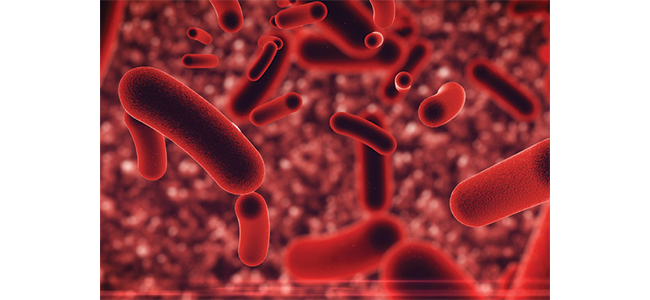Multi-drug Resistant Tuberculosis
Home » Multi-drug Resistant Tuberculosis

MDR TB occurs when TB germs become resistant to the two most powerful antibiotics normally used to treat TB. This means that these medicines will not work effectively as they can no longer kill the TB bacteria.
Extensively drug resistant TB (XDR TB) is a rare type of MDR TB that is resistant to isoniazid and rifampin, plus any fluoroquinolone and at least one of three injectable second-line drugs (i.e., amikacin, kanamycin, or capreomycin).
Because XDR TB is resistant to the most potent TB drugs, patients are left with treatment options that are much less effective.
XDR TB is of special concern for persons with HIV infection or other conditions that can weaken the immune system. These persons are more likely to develop TB disease once they are infected, and also have a higher risk of death once they develop TB.
Drug-susceptible TB and drug-resistant TB are spread the same way. TB bacteria are put into the air when a person with TB disease of the lungs or throat coughs, sneezes, speaks, or sings. These bacteria can float in the air for several hours, depending on the environment. Persons who breathe in the air containing these TB bacteria can become infected.
TB is not spread by:
•Shaking someone’s hand
•Sharing food or drink
•Touching bed linens or toilet seats.
•Sharing toothbrushes
•Kissing
Resistance to anti-TB drugs can occur when these drugs are misused or mismanaged. Examples include when patients do not complete their full course of treatment; when health-care providers prescribe the wrong treatment, the wrong dose, or length of time for taking the drugs; when the supply of drugs is not always available; or when the drugs are of poor quality.
Drug resistance is more common in people who:
•Do not take their TB medicine regularly
•Do not take all of their TB medicine as told by their doctor or nurse
•Develop TB disease again, after having taken TB medicine in the past
•Come from areas of the world where drug-resistant TB is common
•Have spent time with someone known to have drug-resistant TB disease
MDR TB is not more infectious than drug sensitive TB but it is more difficult to treat. The medicines used to treat drug resistant TB have more side effects and are less effective than medicines used to treat drug-sensitive TB. This means that patients with MDR TB need treatment for a longer time and may be more unwell. They are also more likely to be admitted to hospital for treatment. Studies have shown that overall cure rates for MDR-TB is around 50-60%.
MDR TB is diagnosed with specialized sputum tests known as GeneXpert MTB Rif which simultaneously detects Mycobacterium tuberculosis complex (MTBC) and resistance to rifampin (RIF) in less than 2 hours. Sputum culture tests traditionally take longer (6-8 weeks) and drug susceptibility testing (DST) done on positive cultures can provide useful information regarding the effective drugs.
Treating and curing drug-resistant TB is complicated. Inappropriate management can have life-threatening results. Drug-resistant TB should be managed by or in close consultation with an expert in the disease. MDR TB treatment lasts for 18-24 months or longer with six months of daily injections.
The most important way to prevent the spread of drug-resistant TB is to take all TB drugs exactly as prescribed by the doctor. No doses should be missed and treatment should not be stopped early. People receiving treatment for TB disease should tell their doctor if they are having trouble taking the drugs. Another way to prevent getting drug-resistant TB is to avoid exposure to known drug-resistant TB patients in closed or crowded places such as hospitals, prisons, or homeless shelters. Wearing a mask reduces tb transmission considerably.

